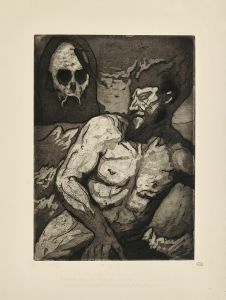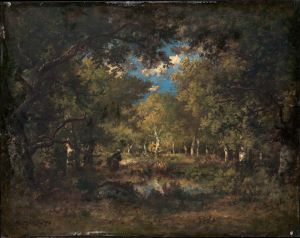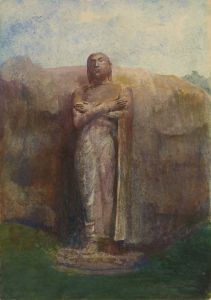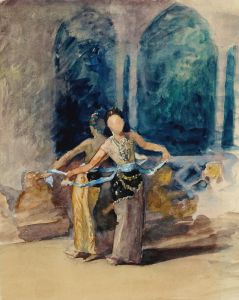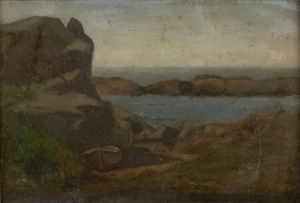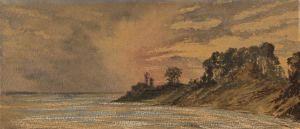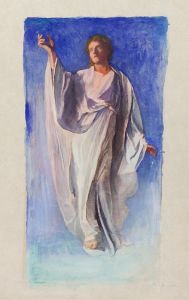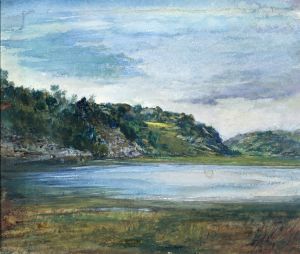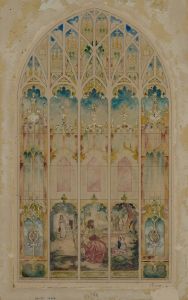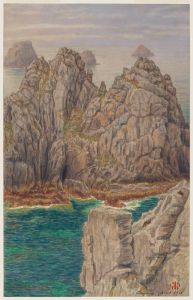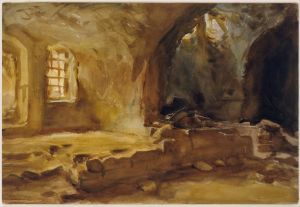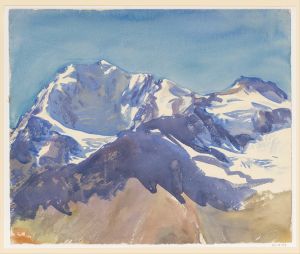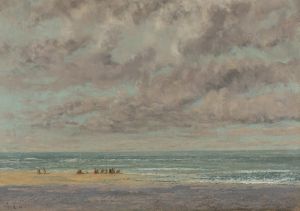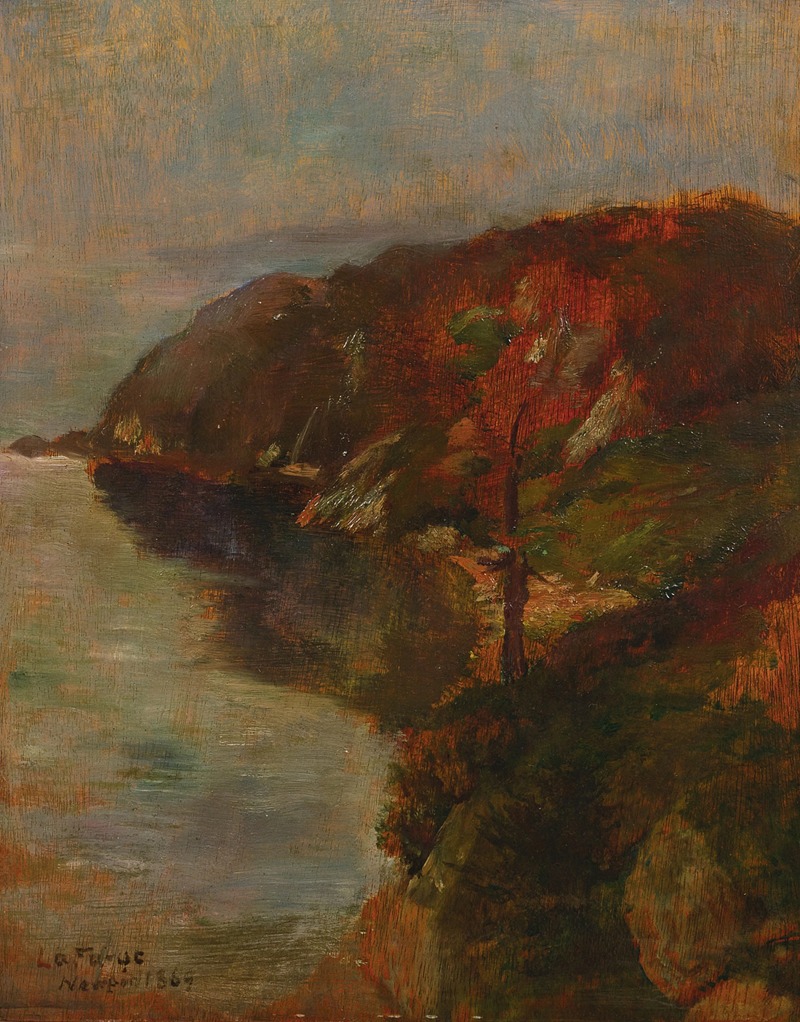
Study of Fog Effect, Brenton’s Cove
A hand-painted replica of John La Farge’s masterpiece Study of Fog Effect, Brenton’s Cove, meticulously crafted by professional artists to capture the true essence of the original. Each piece is created with museum-quality canvas and rare mineral pigments, carefully painted by experienced artists with delicate brushstrokes and rich, layered colors to perfectly recreate the texture of the original artwork. Unlike machine-printed reproductions, this hand-painted version brings the painting to life, infused with the artist’s emotions and skill in every stroke. Whether for personal collection or home decoration, it instantly elevates the artistic atmosphere of any space.
"Study of Fog Effect, Brenton’s Cove" is a painting by the American artist John La Farge, created in the late 19th century. John La Farge (1835-1910) was a prominent figure in American art, known for his innovative work in stained glass as well as his paintings. His contributions to the American art scene were significant, and he was particularly noted for his ability to capture the subtleties of light and atmosphere in his works.
The painting "Study of Fog Effect, Brenton’s Cove" is an exemplary piece that showcases La Farge's skill in depicting natural light and atmospheric conditions. The artwork focuses on Brenton’s Cove, a location in Newport, Rhode Island, which was a popular subject for La Farge. Newport was not only a place of personal significance to La Farge but also a rich source of inspiration for many of his landscape paintings.
In "Study of Fog Effect, Brenton’s Cove," La Farge captures the ethereal quality of fog as it envelops the landscape. The painting is characterized by its delicate handling of light and color, creating a sense of depth and mystery. La Farge's use of muted tones and soft brushstrokes effectively conveys the damp, misty atmosphere of the cove. The fog blurs the boundaries between sky, water, and land, creating a harmonious and almost dreamlike scene.
La Farge's interest in the effects of light and atmosphere can be traced back to his early studies and travels. He was influenced by the French Barbizon school and the works of artists such as Jean-Baptiste-Camille Corot, who were known for their plein air painting and focus on natural light. La Farge's own approach, however, was uniquely his own, blending his interest in naturalism with a more poetic and spiritual sensibility.
"Study of Fog Effect, Brenton’s Cove" is a testament to La Farge's ability to transform a simple landscape into a profound visual experience. The painting invites viewers to contemplate the transient beauty of nature and the subtle interplay of light and atmosphere. It is a work that exemplifies La Farge's mastery of capturing the fleeting moments of the natural world.
John La Farge's contributions to American art extend beyond his paintings. He was also a pioneer in the field of stained glass, creating innovative designs that combined traditional techniques with modern aesthetics. His work in stained glass earned him widespread acclaim and influenced future generations of artists.
Today, "Study of Fog Effect, Brenton’s Cove" is recognized as an important work in La Farge's oeuvre. It reflects his deep connection to the natural world and his ability to convey its beauty through his art. The painting remains a significant example of 19th-century American landscape painting and continues to be appreciated for its artistic and historical value.






